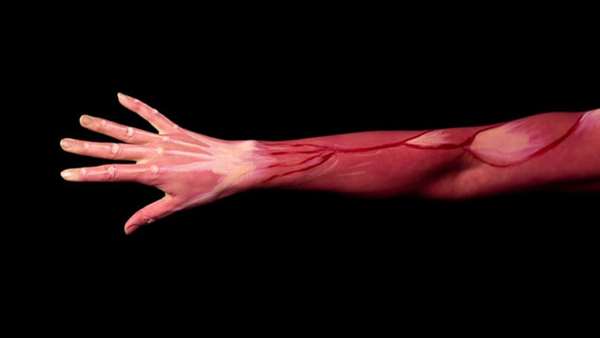Skeletal muscle is a mechanical organ that endures cellular damage after contraction. Lesions caused by external injury can be repaired by muscle stem cells, which fuse with injured cells or create entirely new myofibers. Romanet al. describe a cell-autonomous repair process that is independent of muscle stem cells (see the Perspective by McNally and Demonbreun). After localized damage, myonuclei migrate to injury sites and locally deliver messenger RNA for cellular reconstruction. This myofiber self-repair represents a model for understanding the restoration of muscle architecture in health and disease.
Regeneration of skeletal muscle is a highly synchronized process that requires muscle stem cells (satellite cells). We found that localized injuries, as experienced through exercise, activate a myofiber self-repair mechanism that is independent of satellite cells in mice and humans. Mouse muscle injury triggers a signaling cascade involving calcium, Cdc42, and phosphokinase C that attracts myonuclei to the damaged site via microtubules and dynein. These nuclear movements accelerate sarcomere repair and locally deliver messenger RNA (mRNA) for cellular reconstruction. Myofiber self-repair is a cell-autonomous protective mechanism and represents an alternative model for understanding the restoration of muscle architecture in health and disease.
Ref: https://www.science.org/doi/10.1126/science.abe5620




ارسال به دوستان